
- Summary
- Highlights
- Lungshan Temple
- National Palace Museum
- Gold Works
- Buddha
- A Garland of Treasures
- Connected in All Directions
- The Room of Palace
- Unique Shaped Pottery
- Colorful Pottery
- Ancient Pottery
- Porcelain
- Ceramic Statues
- Wooden Craft
- Landscape Paintings
- Flower Paintings
- European Gold Works and Clocks
- Bronze Work
- Ink-stones
- Weapons
- Colorful Gems
- Meat-Looking Stone
- National Taiwan Museum
- Land Bank Exhibition Hall of the National Taiwan Museum
- Foods
- Opinions
Summary
The National Palace Museum is one of the most famous museums, with a vast collection from the Forbidden City. It also has exquisite crafts made using colorful gems and gold. The National Museum was established during the colonial period. It has a great collection about the history of Taiwan and biodiversity.
Highlights
Lungshan Temple












- It looks even more beautiful in the daytime.
- There is a large underground mall focused on the arts.
National Palace Museum


Gold Works




 - They are quite large and have beautiful curvature.
- They are quite large and have beautiful curvature.
Buddha




- There is a giant model of a tower with more than ten stories. It probably used to be this tall building and likely held the world record for the tallest wooden building if it were still standing.
A Garland of Treasures


- There is an impossibly complicated ball of ivory consisting of layers of spheres. Even the inner sphere is beautifully decorated and is supposedly able to move inside.
Connected in All Directions


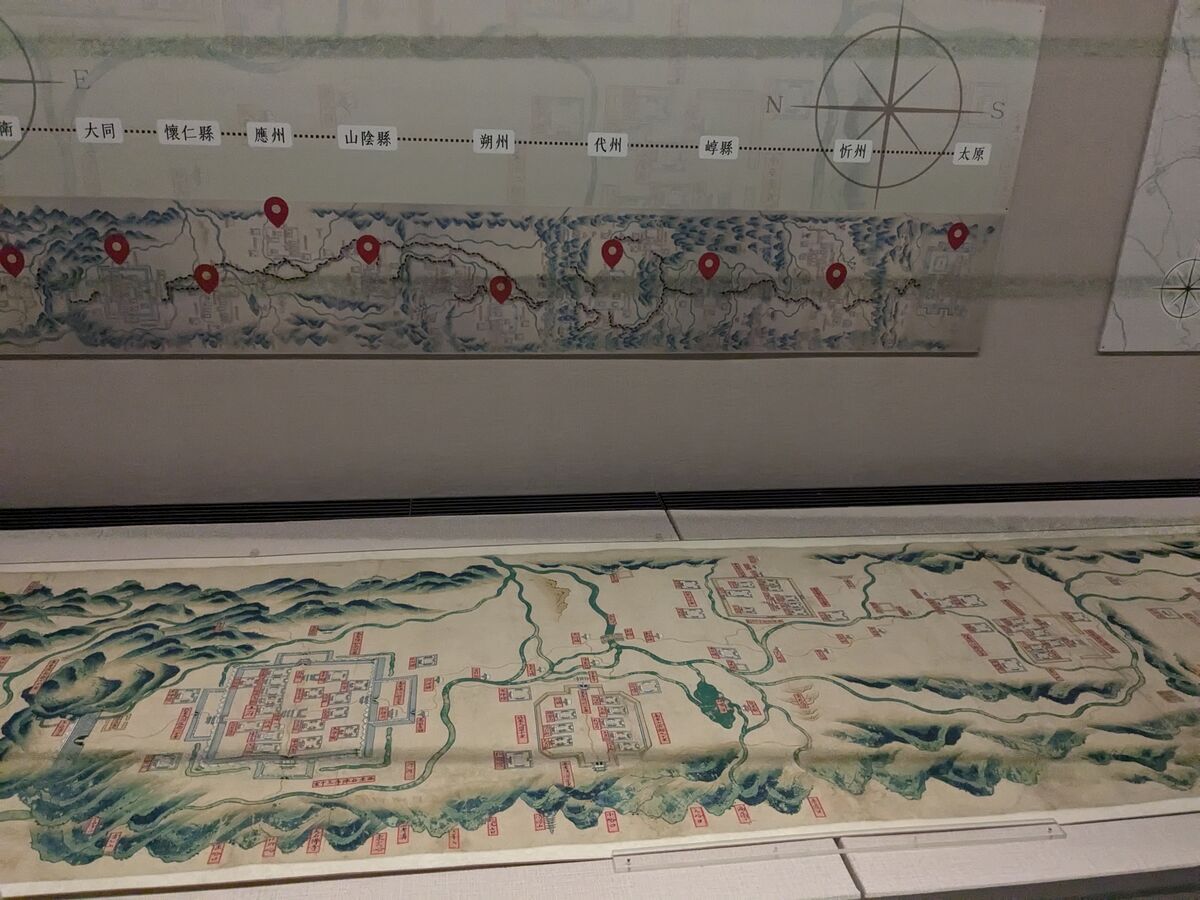

- The collection shows maps of ancient China. Surprisingly, there are dozens of giant castles along the way, and they are summarized into a single map with amazing abstraction.
The Room of Palace


 - I felt these rooms were relatively simple compared to the extravagant artifacts, but the furniture was decorated with detailed carvings, similar to what I saw in Yu Yuan in Shanghai.
- I felt these rooms were relatively simple compared to the extravagant artifacts, but the furniture was decorated with detailed carvings, similar to what I saw in Yu Yuan in Shanghai.
Unique Shaped Pottery






- I saw many creative pottery works, and some of them even had five mouths. Others seemed to be influenced by Western culture but featured detailed openwork commonly seen in China.
Colorful Pottery



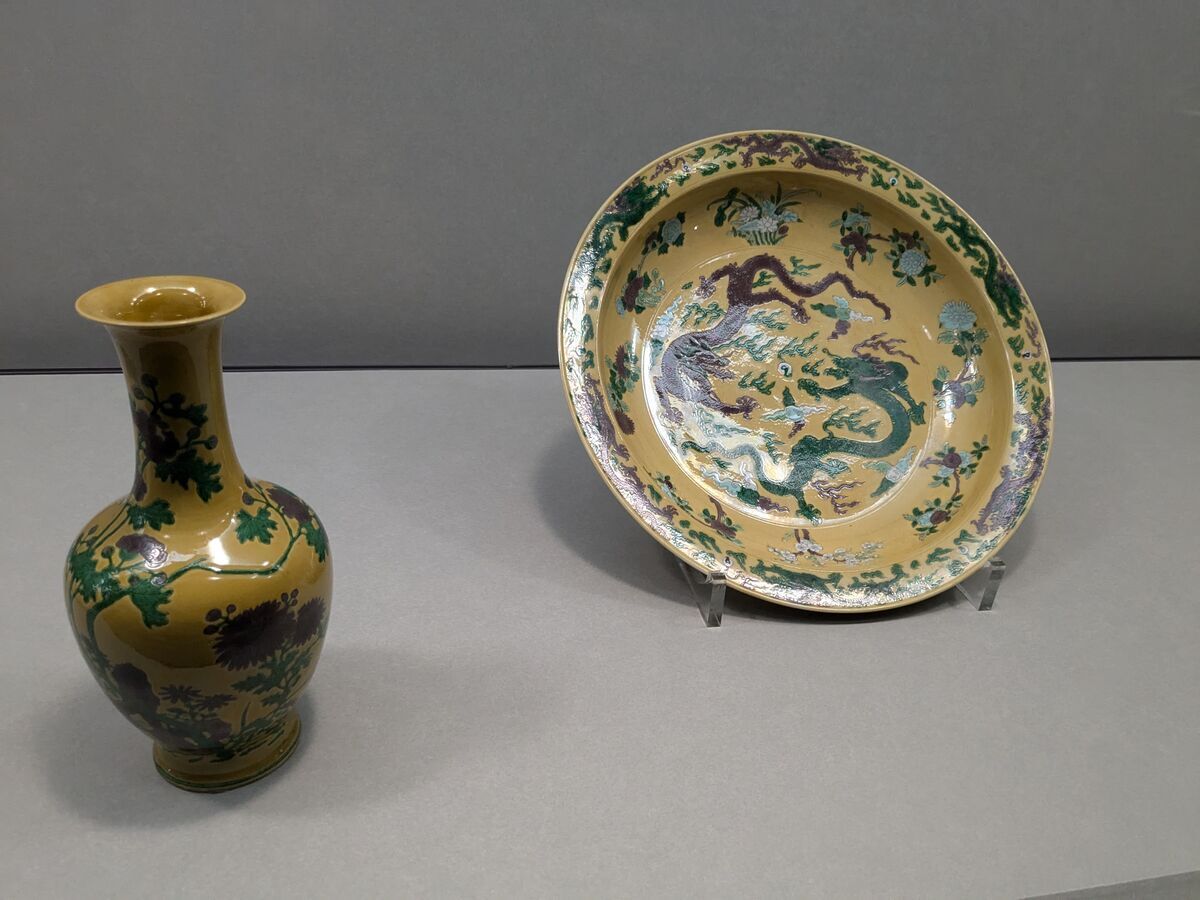

- I especially liked the green and light blue colors, which rarely exist in nature. They have beautifully painted designs using a limited range of ores.
Ancient Pottery


 - These were similar to those from the ruins of Liyue in Genshin Impact. The designs were based on rectangular and spiky motifs and looked beautiful even without any coloring.
- These were similar to those from the ruins of Liyue in Genshin Impact. The designs were based on rectangular and spiky motifs and looked beautiful even without any coloring.
Porcelain




- This type of plate is still used and looks similar to what we have but sometimes features unique shapes.
Ceramic Statues






- Although the coloring is almost gone, they still look three-dimensional with beautiful shadows. The surface of the ceramic creates a spread of light similar to skin.
Wooden Craft




- They were colored with deep red lacquer. Like many artworks, they also have openwork and are often carved deeply so that strong shadows appear. Some even intensify the shadow using a black background.
Landscape Paintings






- The color is essential and looks similar to the city of Suzhou or a traditional Japanese city. The orthogonal perspective was inherited in the Japanese painting style.
Flower Paintings



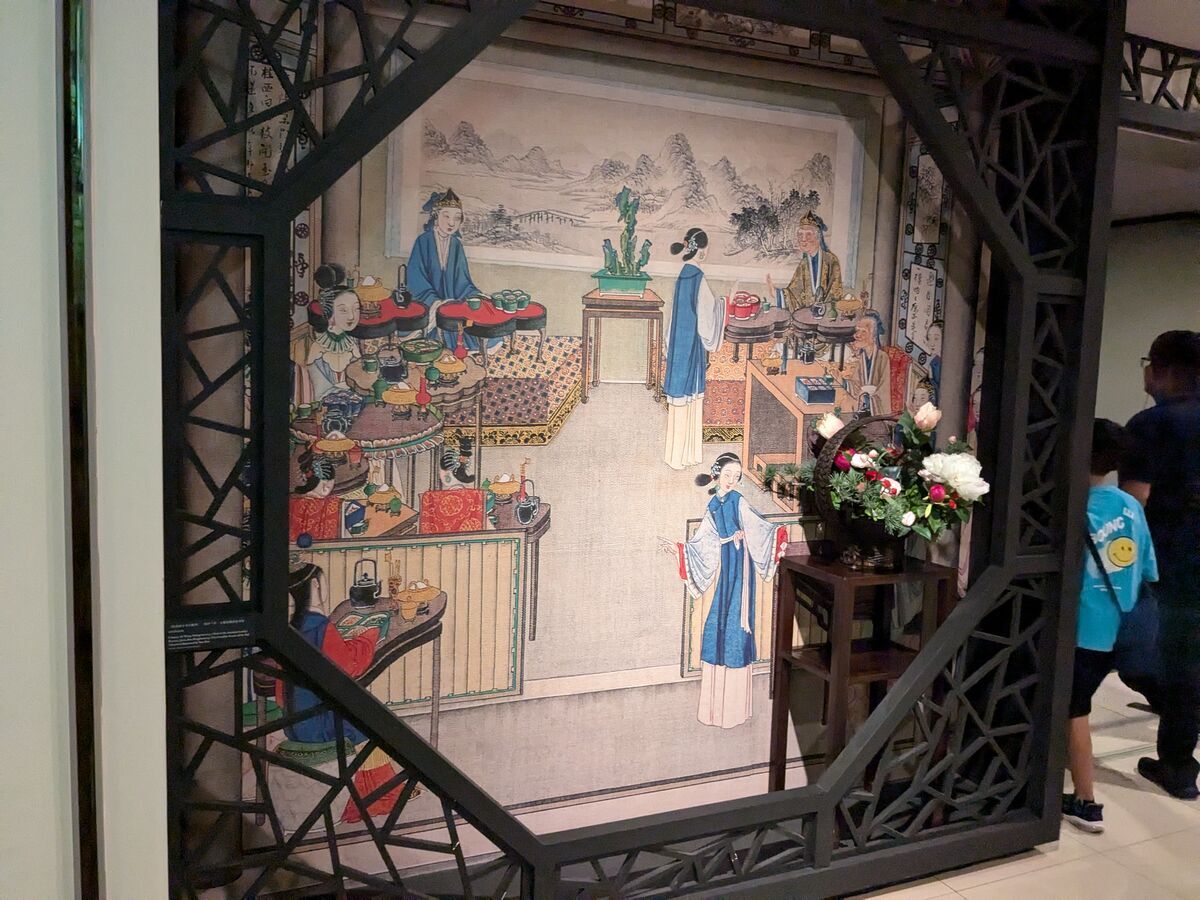



- They were colorful and realistic and looked even more beautiful with Chinese calligraphy, especially the one without edges that easily blended into the background.
European Gold Works and Clocks





- These luxurious pieces, like those from a fairy tale, were probably brought to China for trade.
- The use of transparent glass and intricate mechanics differed from other Chinese items.
Bronze Work












 - Unlike porcelain works, they tend to have spiky or rectangular motifs that are commonly seen in ancient works. The mouths tend to have a funnel-like shape and often come with long legs.
- Unlike porcelain works, they tend to have spiky or rectangular motifs that are commonly seen in ancient works. The mouths tend to have a funnel-like shape and often come with long legs.
Ink-stones






- Ink-stones are usually simple, but these have beautiful colors and detailed carvings. Even the ink had gold decorations, and some ink stones were made from special stones with spiky crystals on the back.
Weapons



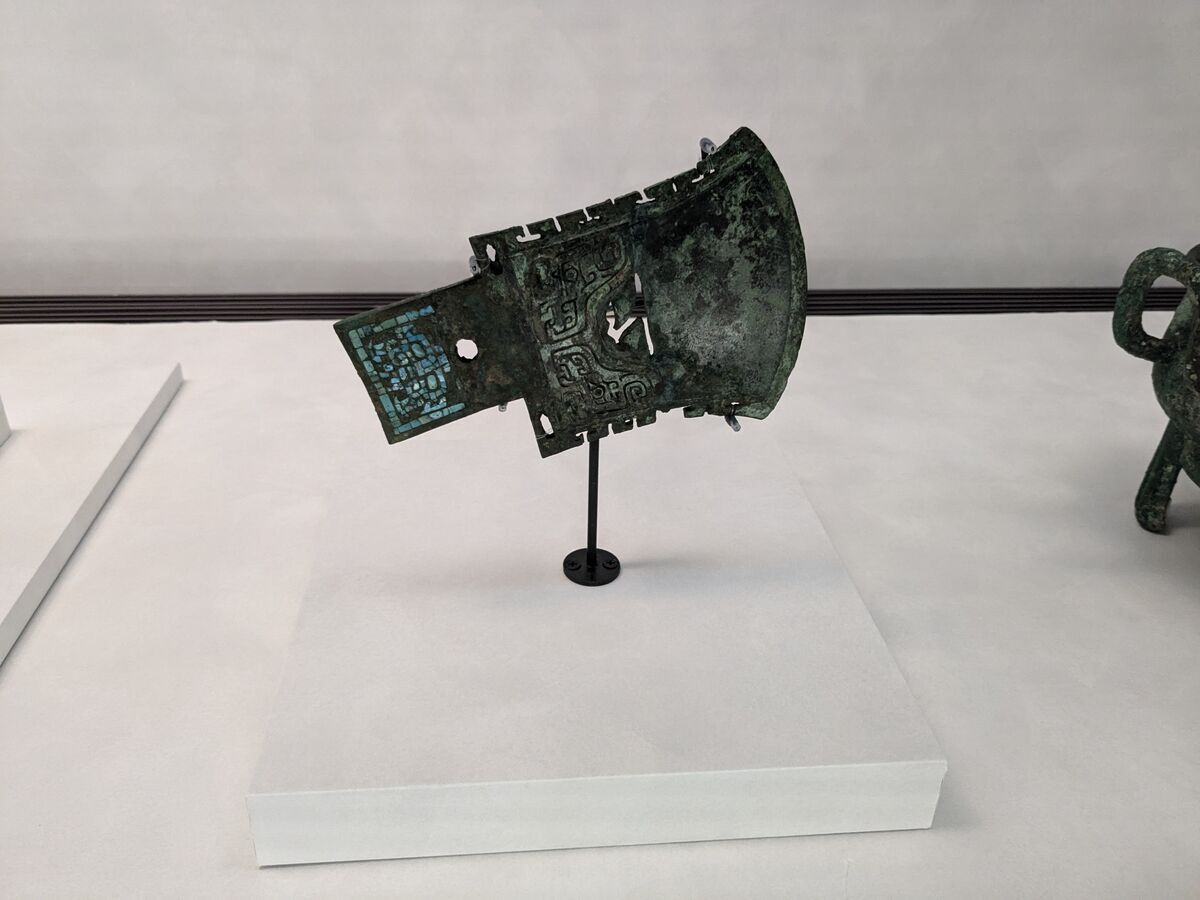
- Many of them had axe-like shapes rather than swords. They were mostly created with metal but sometimes included decorated gems.
Colorful Gems


















- They often feature openwork or three-dimensional carvings. The jade frequently has uneven colors, but they utilize it for the coloring of the subject. The colors of the gems vary, and I like the works that combine multiple stones.
Meat-Looking Stone




- The Chinese cabbage-looking stone is the most famous but is currently gone for a special exhibition. However, I could still see the meat-looking stone and the rotating axis stone. The meat-looking stone was made by utilizing the original layer color of the stone, and even the light it reflects looks realistic. The rotating axis looked normal; however, they were likely created from a single stone, and making movable components from a single stone is incredible.
National Taiwan Museum






- The National Taiwan Museum is one of the largest museum complexes with an affordable admission fee.
- This museum was established during the Japanese colonial period, and you can enjoy the beautiful architecture from that era. You can also visit lakes and other national museums nearby.
European Artifacts











- The miniature castle was cute and fantasy-like. Although the collection was small, they had a variety of items such as books, dresses, paintings, and artifacts.
Children’s Zone


- It occupies the entire underground floor of a four-story building.
History of Taiwan




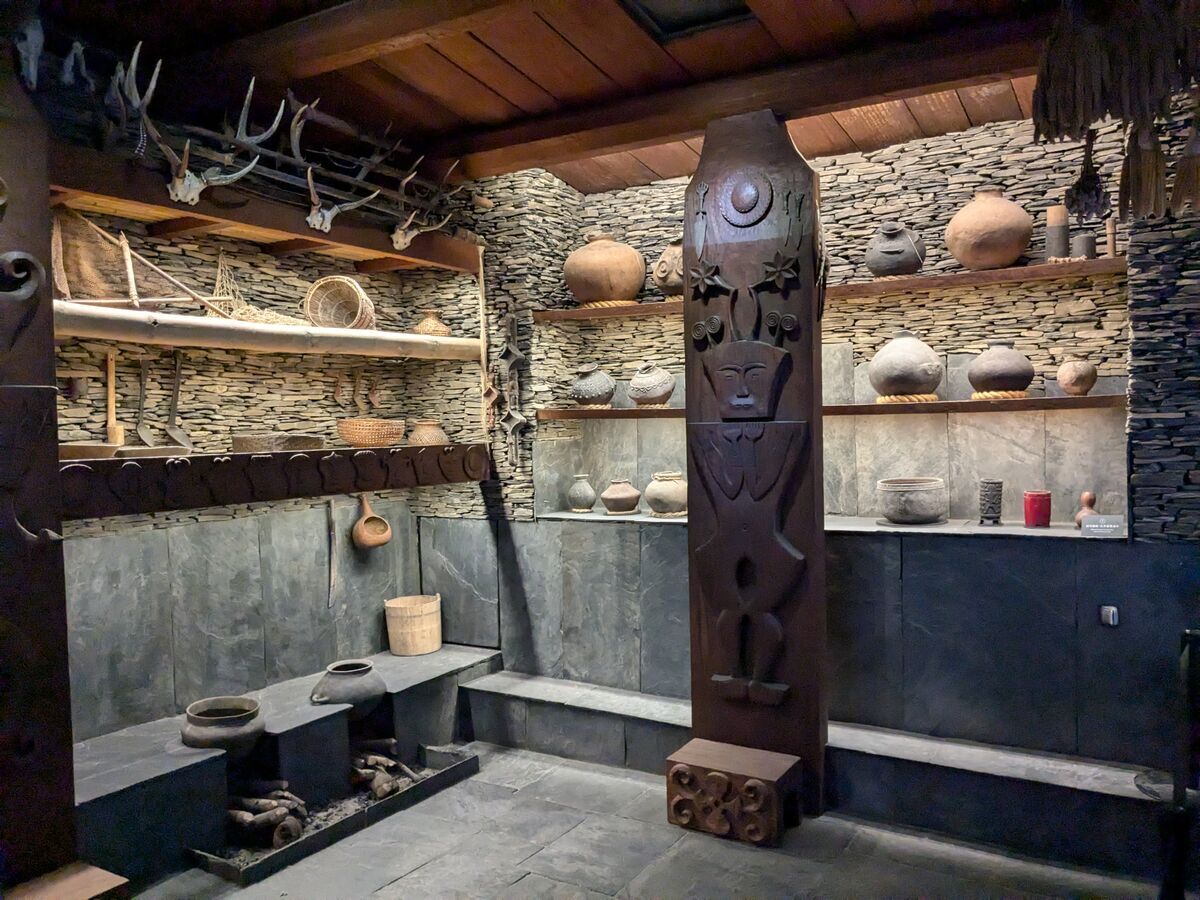








- The exhibition starts with a collection of various Buddhas.
- Afterwards, it shows the life of the indigenous people and the colonial periods of the Qing dynasty and the Japanese Empire.
Natural History of Taiwan






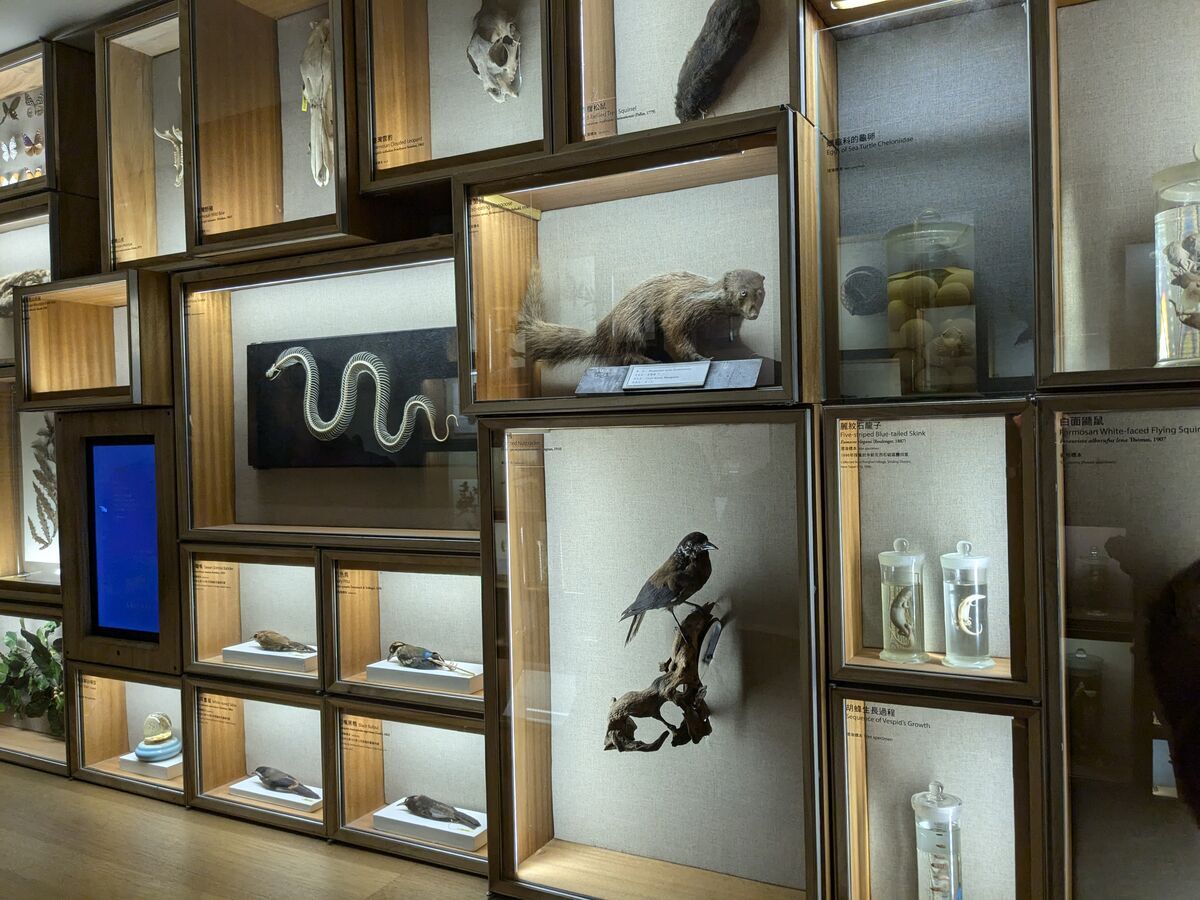

- I felt like the creatures here were smaller and had less fur.
Establishment of the Museum


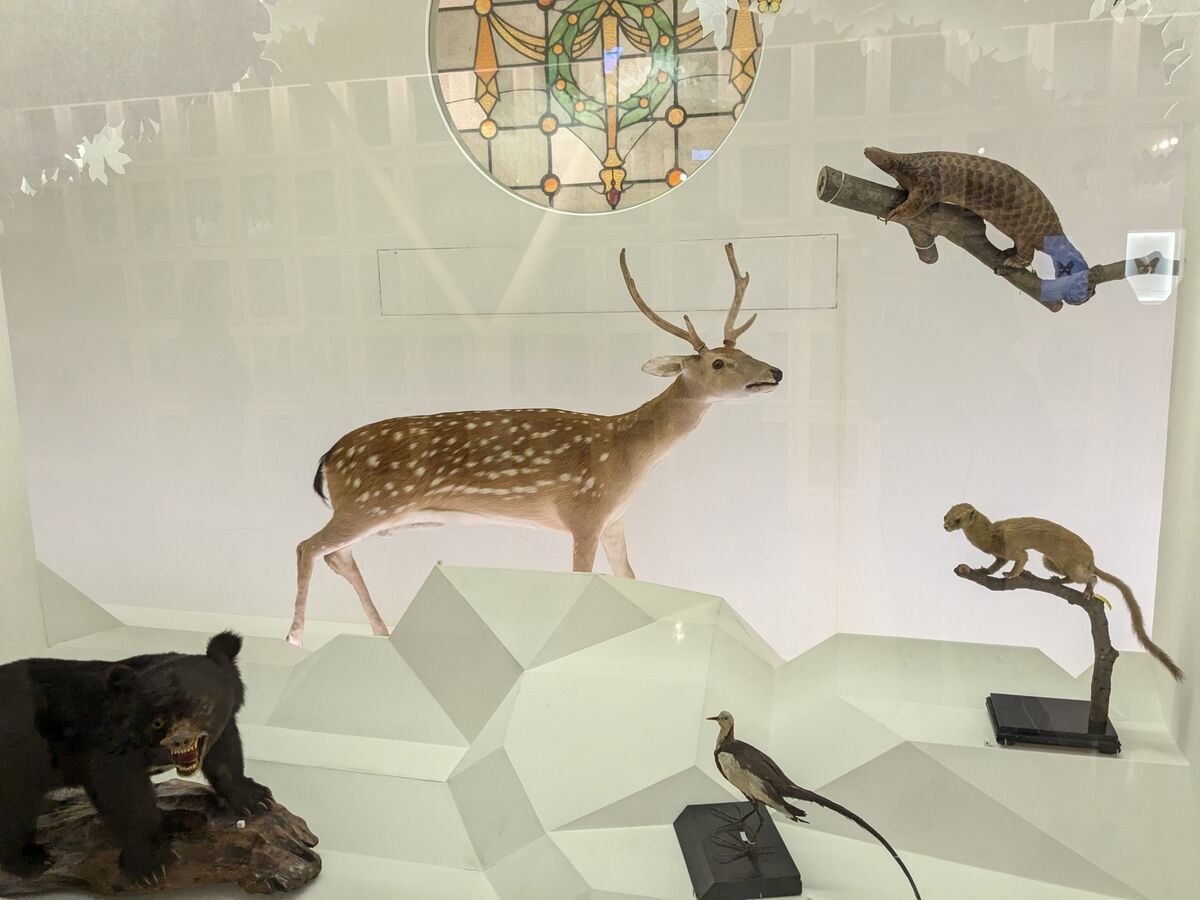

- There was a statue of two Japanese people who helped establish this museum.
Life of Indigenous People






- The face of the figure was realistic, but the proportions were like that of a baby. I liked those designs where reality and abstraction coexist.
Land Bank Exhibition Hall of the National Taiwan Museum
- This museum exhibits ancient creatures within a historical building that used to be a bank.
Paleontological Hall










The giant dinosaur is vividly displayed in the large hall. We can gauge its size and strength just by looking at it, while sky and sea creatures gracefully fly above. - There are many fossils on the walls, sorted by era.
Architectural Exhibition











- It shows how this building was designed and preserved. Being able to see the original components of the building through the glass was cool.
Bank Exhibition








- It was used as a bank for a long time before becoming a museum, showcasing the workings of the bank and the history of money.
Foods





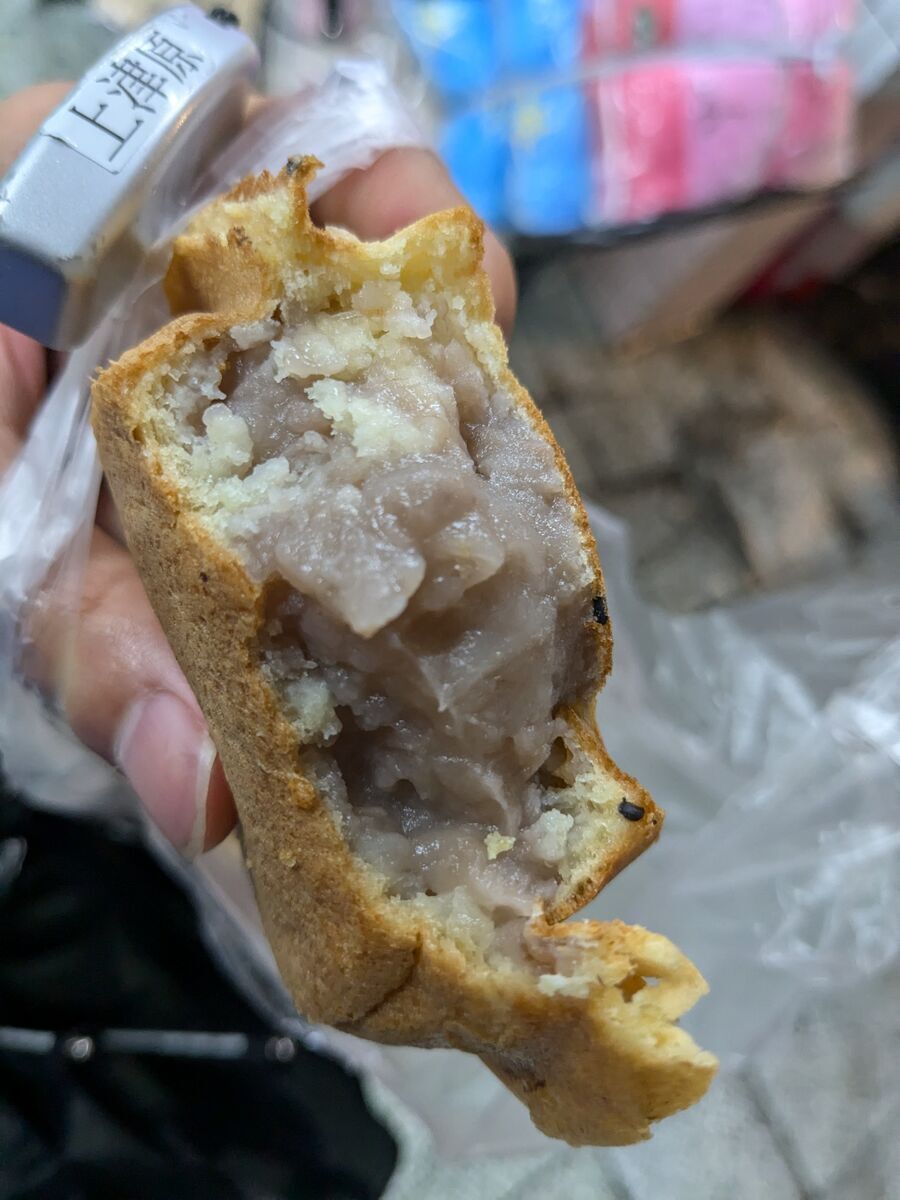






- 肉圓 was a unique and delicious food similar to meat buns but made with starch and filled with crunchy vegetables and meat.
- I tried 今川焼, like a pancake with a much softer filling and a lot of cream; the one with bubbles was good.
- I bought dried guava, which I prefer over the raw ones since it has a much sweeter taste.
- The rice ball called 飯糰 had a distinct texture compared to Japanese musubi made of sticky rice. There were some healthy vegetables, such as pickled radishes, which made the texture much more interesting.
- 蘿蔔糕 was made of starch and radish, and had a much softer texture than I thought, but the taste was more like food than sweets.
Opinions
- The use of a limited color palette from nature might be similar to using a limited tone when composing, and it may be the secret ingredient of Taiwanese art style.
- The openwork made carving more elegant and intricate, and this technique might apply to generative art.
- Like some ancient pottery, making some parts realistic while keeping others original might create a sense of familiarity in unique artwork.
- What is missing in modern buildings is probably the beauty of materials, while ancient works tend to utilize natural textures and unevenness. The artwork from Ed Ruscha remains simple but sometimes expresses the beauty of unmodified subjects among them. I want to use more realistic materials for my upcoming artwork.